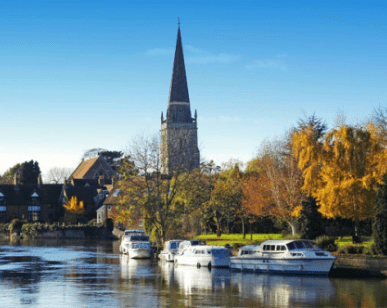It has been confirmed as part of the Budget announcements that the 2021-22 personal allowance will increase to £12,570 (2020-21: £12,500) and the basic rate limit to £37,700 (2020-21: £37,500). As a result, the higher rate threshold will increase to £50,270 (2020-21: £50,000) from 6 April 2021.
The Chancellor, Rishi Sunak revealed that these rates will be frozen until April 2026. This freeze is part of the Chancellor’s approach to improve public finances. This means that the allowances will not increase in line with inflation creating a stealth increase in the limits.
The basic rate limit currently applies to non-savings and non-dividend income in England, Wales and Northern Ireland and to savings and dividend income across the UK. The Scottish Parliament sets the basic rate and higher rate thresholds for non-savings and non-dividend income in Scotland. Changes to the Scottish bands were announced on 28 January 2021 as part of the Scottish Budget measures.
For high earning taxpayers the personal allowance is gradually withdrawn by £1 for every £2 of adjusted net income over £100,000 irrespective of age. Adjusted net income is total taxable income before any personal allowances, less certain tax reliefs such as trading losses and certain charitable donations and pension contributions. Any taxpayers with an adjusted net income of between £100,000 and £125,140 in 2021-22 will pay an effective marginal rate of tax of around 60% as the tax-free personal allowance is gradually withdrawn.


